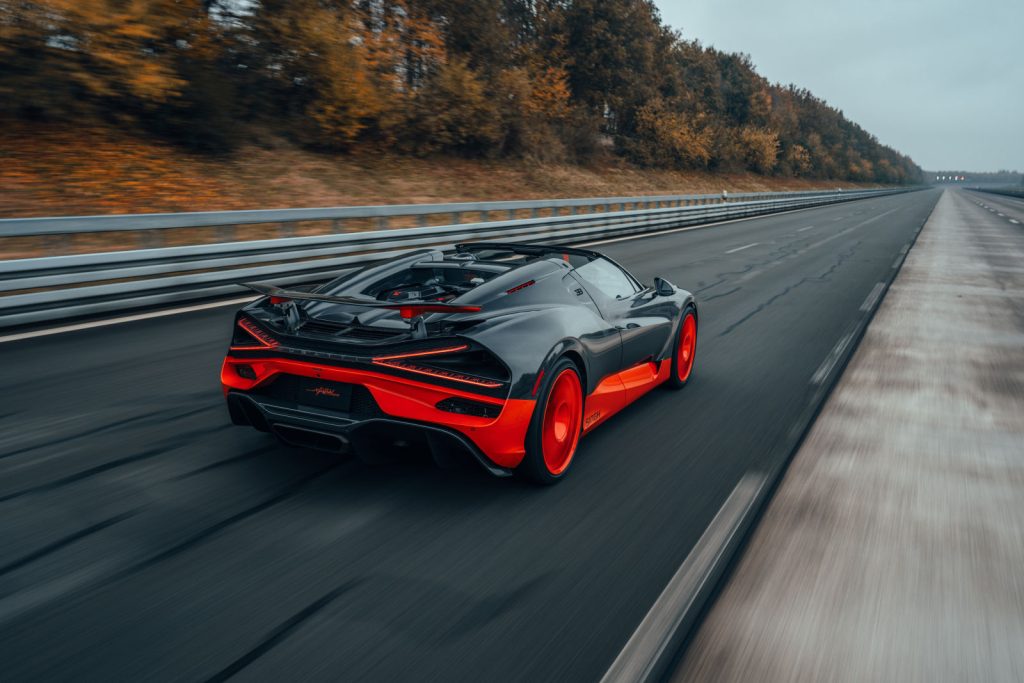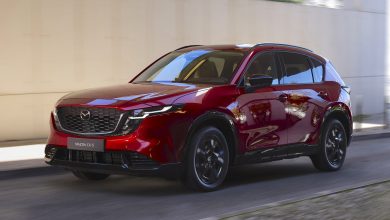The Volkswagen VR6 Is Officially Dead After A 34-Year Run

This iconic Volkswagen six-cylinder first appeared in the Passat and Corrado all the way back in 1991.
After an admittedly impressive 34-year run, Volkswagen has recently announced that it’s legendary VR6 engine has since been put to pasture. A spokesperson for the German automaker Andreas G. Schleith took to LinkedIn to share the solemn news, with the last of these narrow-angle V6s was assembled on the 12th of December 2024.

Now for those who are currently in Volkswagen’s home market, this might come as a surprise, as the VR6 has long disappeared in Europe since the mid-2010s already. This six-pot however soldiered on in North America until last year in the Atlas large SUV, before finally breathing its last in China powering cars such as the Talagon and Audi Q6.
The name VR6 comes from the combination of German words “V-Motor” and “Reihenmotor” meaning “inline engine”, referring to the VR-engine having characteristics of both a V-layout and a inline layout. It initially made its debut in 1991, where it featured under the hood of the Passat B3 and Corrado coupe. Since then, almost 1.87 million examples of this engine have been assembled.


Initially arriving in 2.8-litre guise, the VR6 eventually grew to as large as 3.6-litres over the years. It also came initially as a 12-valve, before an additional dozen valves eventually joined the fray.
Nearly every Volkswagen for the past 30 years had at one point a VR6 stuffed under its hood. These included the Corrado, Beetle, Passat, Jetta, Touareg, Phaeton, Transporter, Eos, CC, and Sharan.


Given the penchant for parts sharing at the VW Group, it should not be surprising to hear that certain variants of cars such as the Porsche Cayenne, Audi TT, Seat Alhambra and Skoda Superb were also powered by a VR6. Though what is perhaps not all that common knowledge is that this particular engine found its way into the likes of Ford’s Galaxy MPV and Mercedes-Benz’s Vito van as well, not to mention for a liquified petroleum gas-converted version to be found in some Linde forklifts.


Featuring two narrow-angle overlapping banks of cylinders that share a single head, the VR6 was a highly compact yet powerful engine. This therefore saw it become the one-engine-fits-all solution for the Volkswagen Group, when it needed something that brought good power to front-wheel-drive cars from smaller segments.
That said, where the VR6 really is to be elevated into halo engine territory is when Volkswagen had the bright idea of combining two (or more!) of these engines on a common crankshaft. And thus was born the W12 that powered every top-end Bentley from the early 2000s till this past July, in addition to the W16 that propelled the Veyron (and subsequent Chiron, Mistral et al.) into the top speed record books.

Other engines spawned off the VR6 included the W8, which was only ever fitted Passat B5.5 W8 4MOTION. Volkswagen also produced a smaller five-cylinder VR5 in the 1990s and 2000s, with it coming in its Mk4 Golf and Seat Toledo to name a few cars.
Thanks largely to the proliferation of turbocharged four-cylinders with healthy horsepower, low-end torque, and better fuel economy (of which Volkswagen’s own EA888 is one of them), the VR6 has effectively been rendered obsolete. It has to be said though that this narrow-angle V6 still has a place in petrolhead circles, not least because of how sweet sounding this engine can be!




